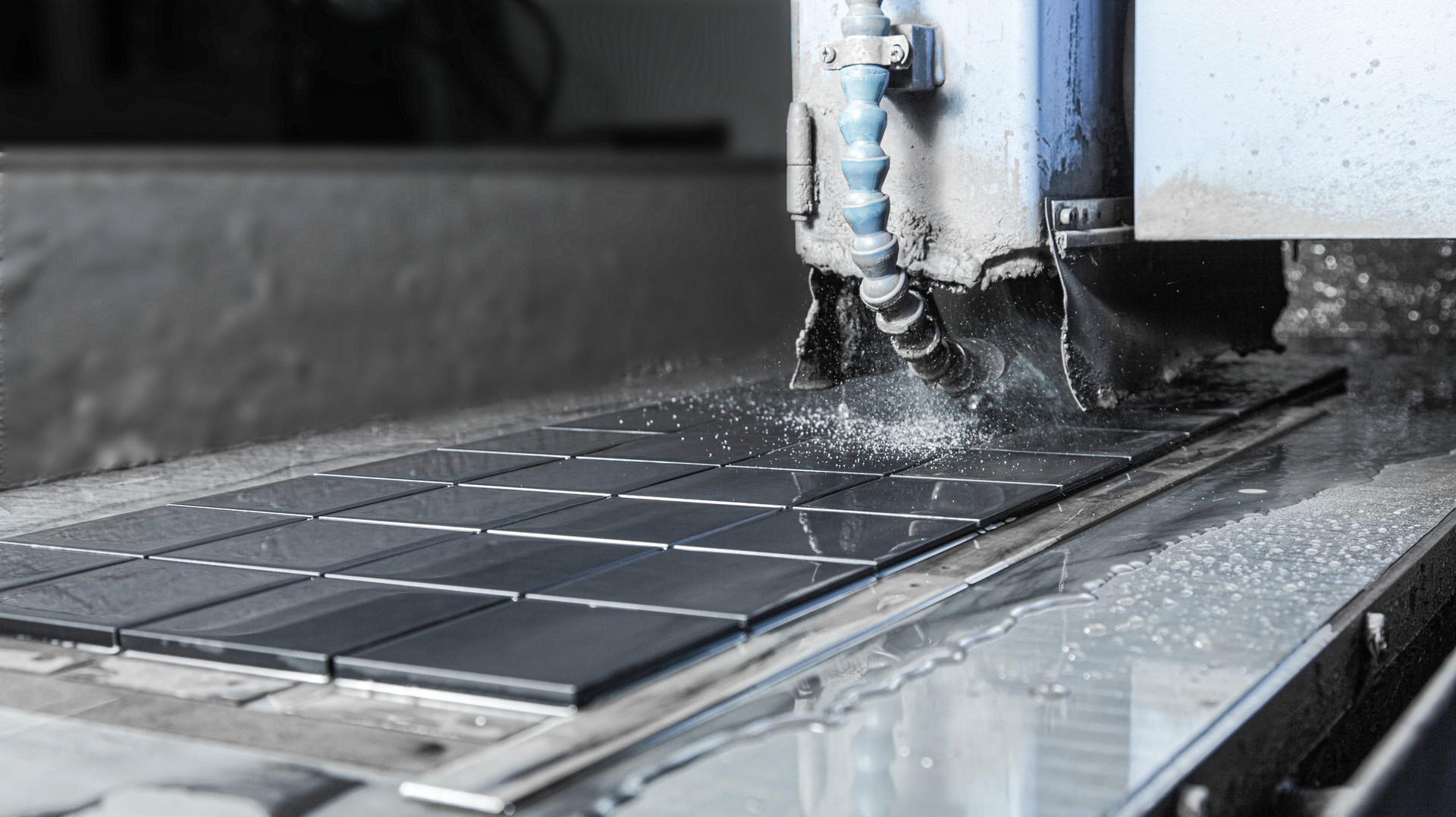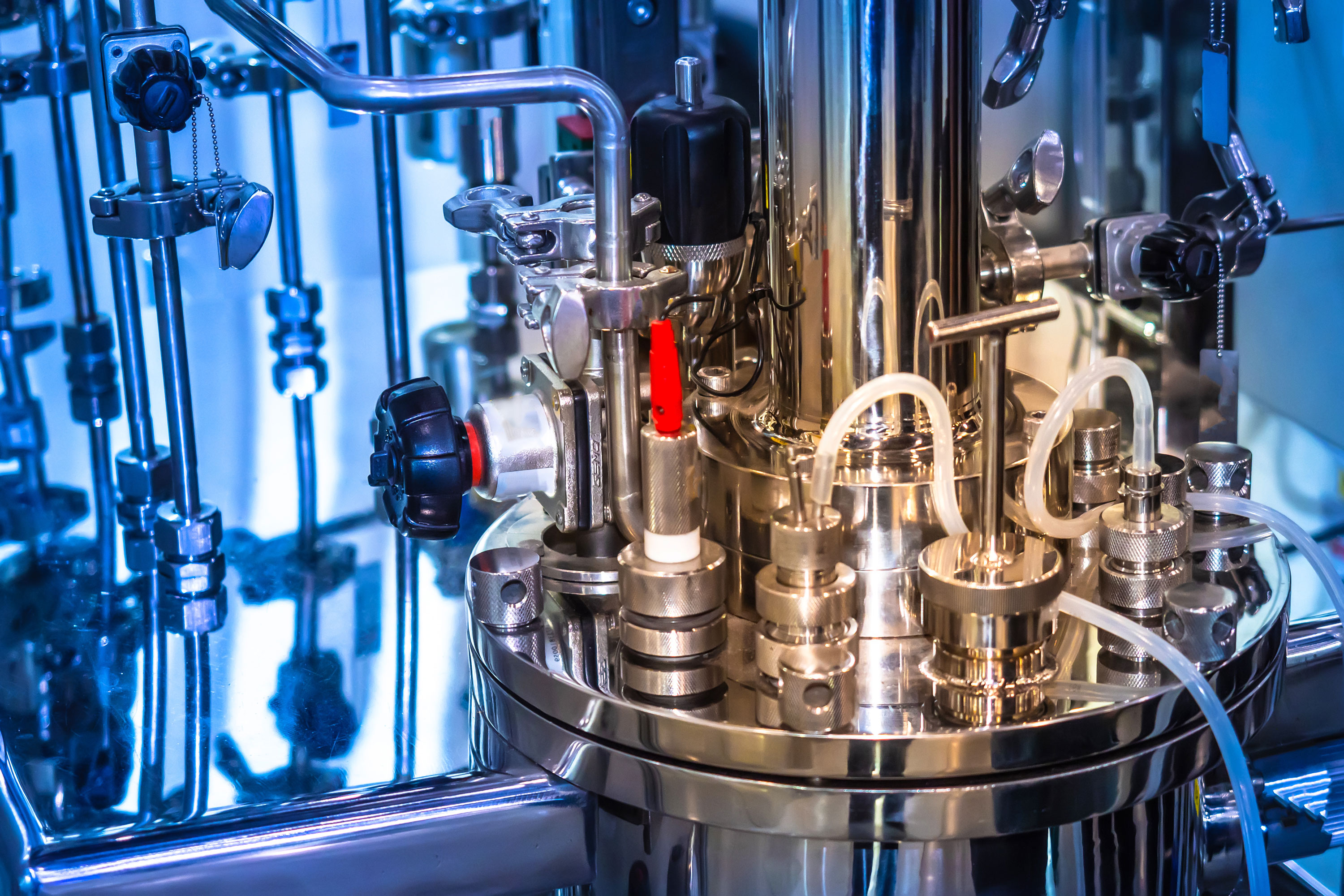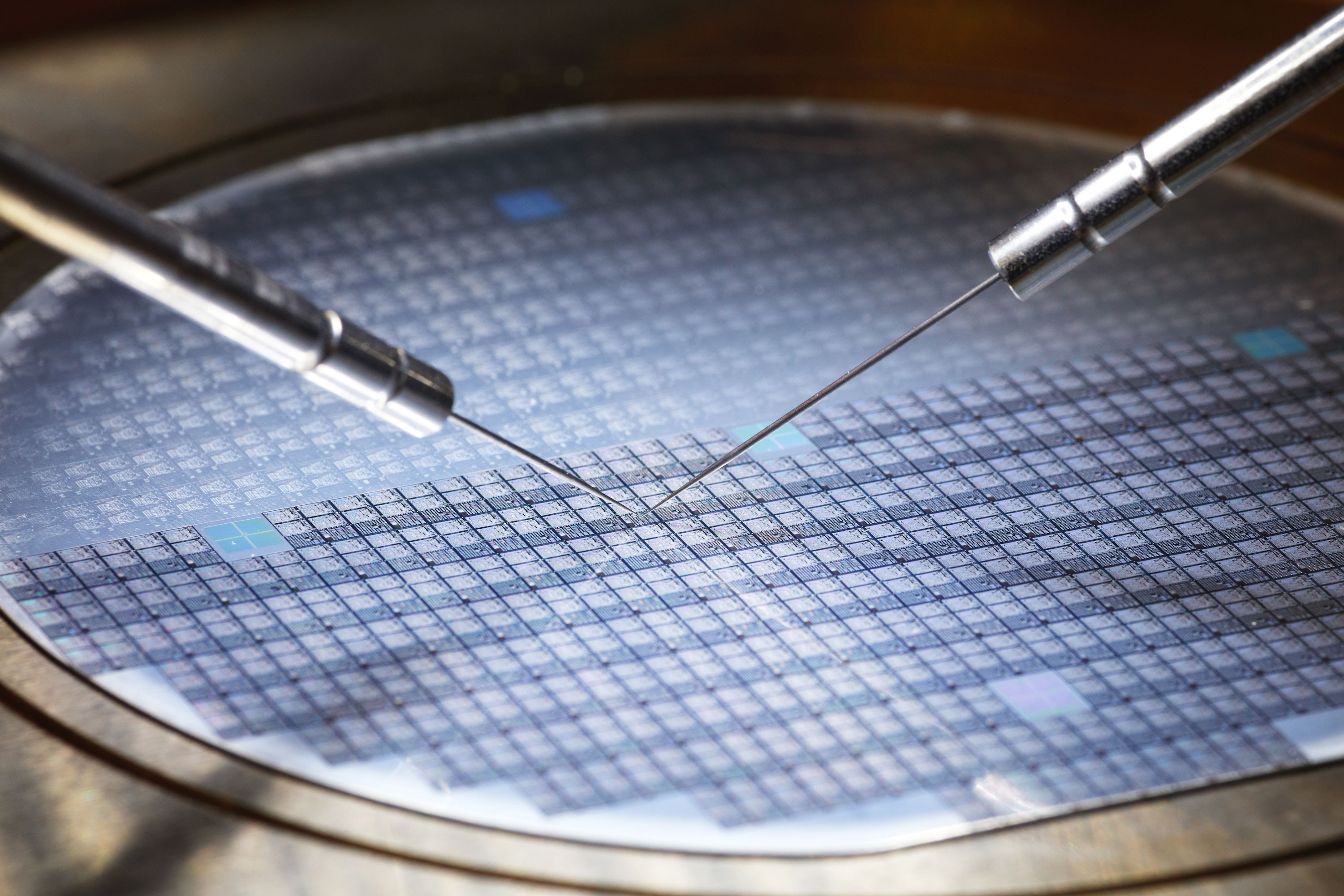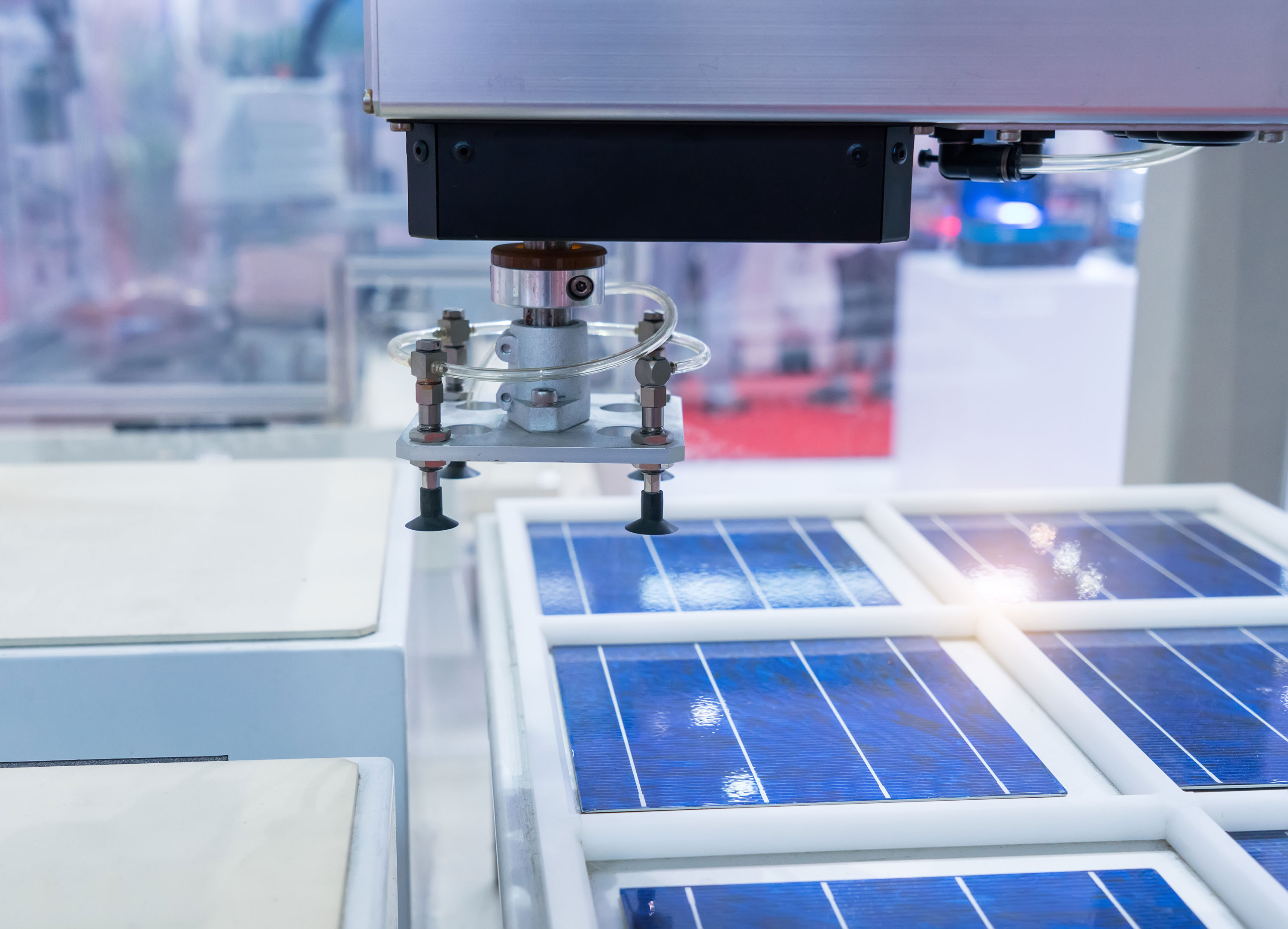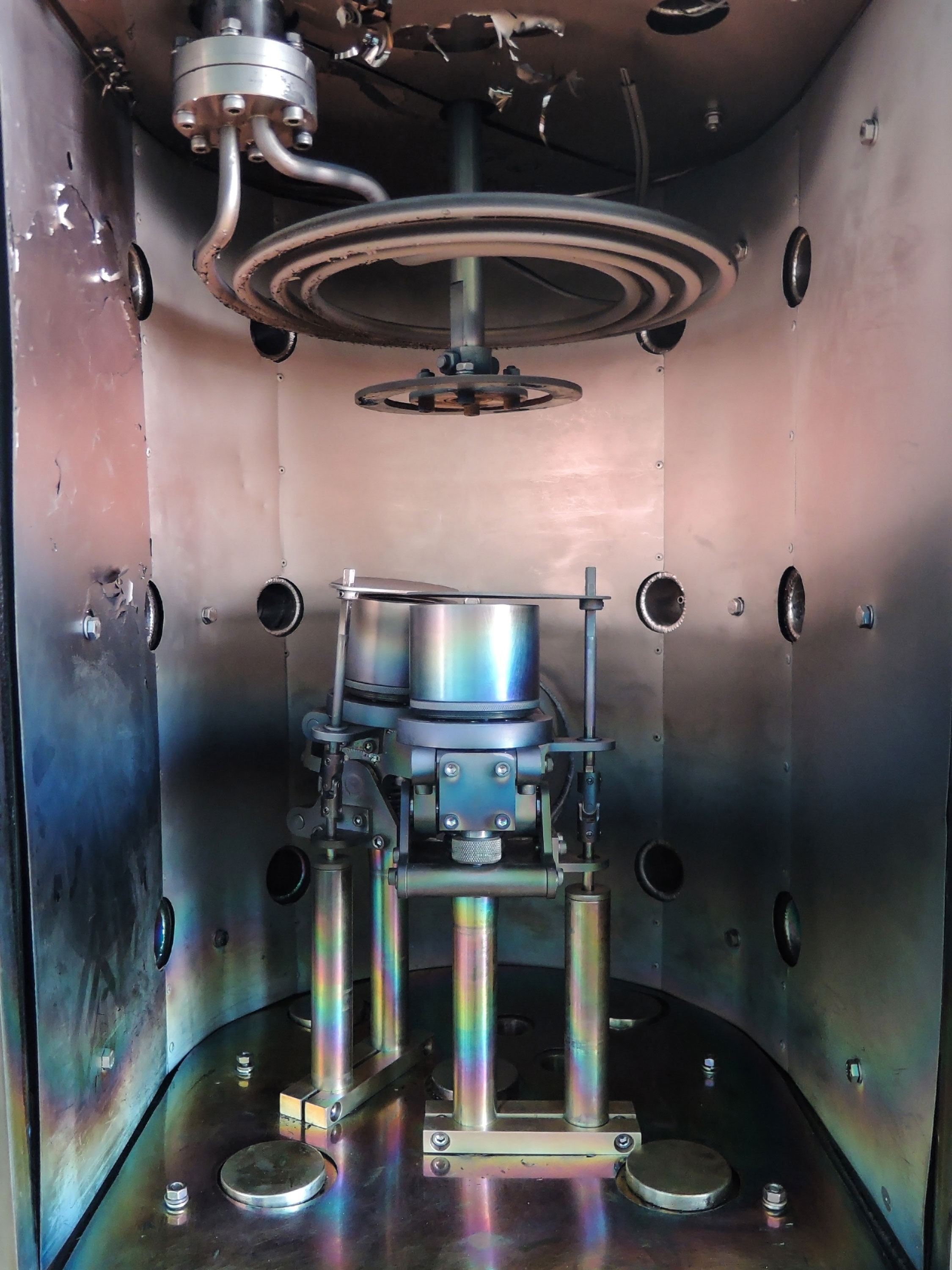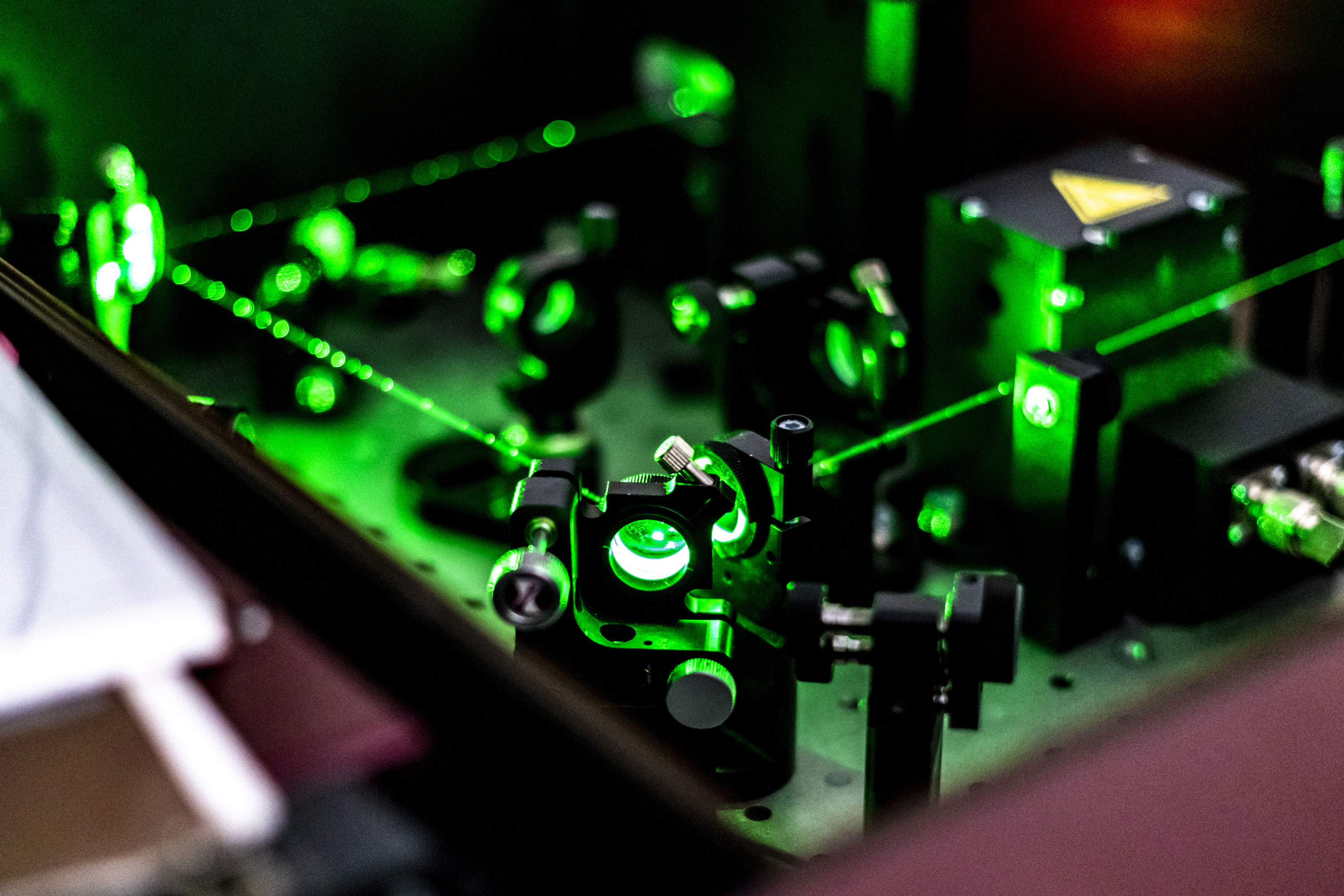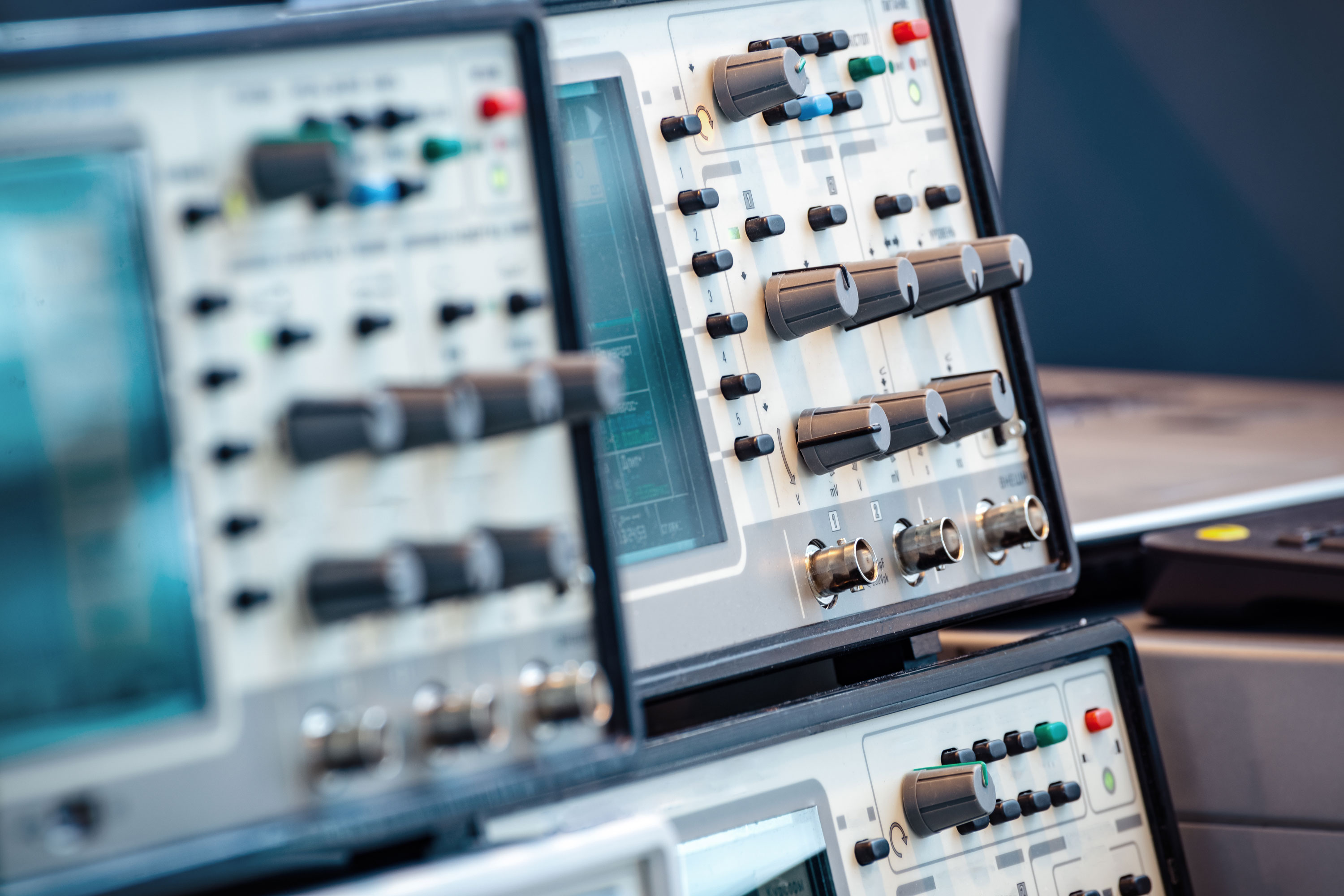Plane grinding of hard, brittle materialsSurface grinding
Surface grinding of workpieces serves primarily to produce the required dimensions simultaneously with a high-quality surface finish. In addition, it creates both parallelism of the planes and evenness of the machined surfaces. The method is equally suitable for small- and large-scale workpieces made of hard and brittle materials, such as silicon, silicon carbide, glasses, ceramics and composites. Surface grinding offers a high degree of precision and accuracy in terms of dimensional tolerances (<0.05 mm), achievable average roughness (<0.5 µm) and roughness depth (<4 µm), while at the same time being cost effective.
When grinding hard and brittle materials, the grinding process has to be adapted to the characteristics of the material in order to prevent damage to the workpiece and its surface, and to achieve the desired surface finish. This calls for experience with the materials as well as suitable equipment. Without exception, we use diamond tools – even for the surface grinding of particularly hard materials, some of which are themselves used as abrasives for other softer materials. In addition, other parameters, such as feed and cutting depth, also have to be set in accordance with the material properties and the application requirements. As a specialist service provider for the machining of hard and brittle materials, we have the necessary experience and the corresponding machinery.
Facts
Suitable for small- and large-scale workpieces
Precise method with a high degree of plane parallelism
High cost-effectiveness
Technical data
| Workpiece dimensions | Dimensions | max. 1,400×650×340 mm |
|---|---|---|
| Accuracy | Plane parallelism | 0.01 mm (standard) |
| Average roughness (Ra) | <0.5 µm | |
| Roughness depth (Rz) | <4 µm | |
| Capacity | Batch sizes | One-off items and series |

